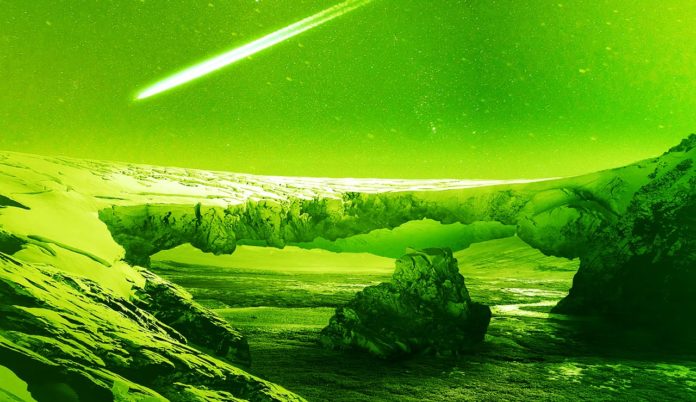
While scientists were looking out for alien life from the Keck Observatory in Maunakea, Hawaii, they discovered that a distant planet contains water in its atmosphere. The name of the planet is HR8799c and it orbits the parent star, HR8799. The planet is tremendously large in size, and it is 179 light years away from Earth.
The Planet Is 10,000 Times Bigger Than Earth
Planet HR8799c, a gas planet, is located in the Pegasus constellation. It is 5-10 times the mass of our solar system’s Jupiter. To put that into perspective, Jupiter is big enough to host over 1,300 Earths. Astronomers were able to find that this tremendously large planet lacks methane, but it has water.
How Did Astronomers Find Water on the Alien Planet?
The astronomers managed to photograph the planet. Using the photograph, they applied Near-Infrared Cryogenic Echelle Spectrograph (NIRSPEC) technology to remove the light from the planet. They also used adaptive optics to measure and correct the blurring, using a guide star. By looking at the resulting L-band, an infrared light, they were able to spot detailed chemicals, including water, in the planet’s atmosphere. As a result, this is the most precise chemical measurement of HR8799c’s atmosphere as of yet.
Scientists Are Looking for Alien Life
HR 8799 is the first solar system with multiple planets that astronomers were able to photograph. The researchers are planning to find more about the chemicals, physics, and dynamics of the planets, which are unlike those of Earth.
According to Dmitri Mawet, an associate professor of astronomy at Caltech, the technology is exactly the kind that scientists want to use to look for signs of life on an Earth-like planet. Next, Mawet’s team is looking to use a new instrument at Keck, the Keck Planet Imager and Characterizer (KPIC). The researchers will be trying to see planets that are fainter than HR8799c and closer to their stars.



























